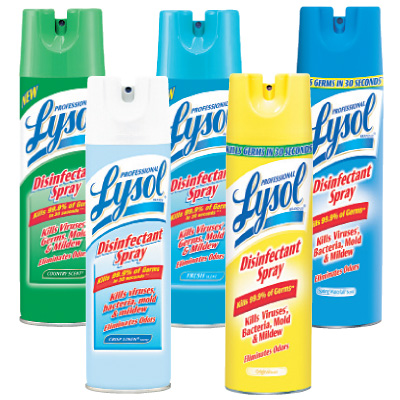
You may remember our post about hand sanitizers and how the repeated use of just sanitizer can be less effective than traditional hand washing. This time, we’ve come to talk about disinfectants.
When we say disinfectant, you may think of a spray like a bleach spray, but we also mean those seemingly useful wipe products. Disinfectants can be spread out across a variety of products, and it isn’t just limited to sprays. A disinfectant is essentially a substance that kills life and is regulated by the EPA under the Federal Insecticide, Fungicide, and Rodent Act. A disinfectant must be safe to use and undergoes a variety of testing to show that it can kill “life” (in this case, bacteria) and be effective.
A disinfectant can often be considered a pesticide as well, and many of the “harsher” chemical sprays require the use of personal protective equipment. Disinfecting a surface properly means cleaning the surface, applying the disinfectant, and then waiting a certain period of time in order for the disinfectant to properly work. Many of us just wipe up the disinfectant immediately after applying it; often times this is not correct and does not work as intended. Disinfectants are also commonly mixed improperly. Because of this, disinfectants can be very unlikely to work effectively, as effectively, or at all. Sanitizing with disinfectant is a very particular job that requires time and attention, and if not done properly, can have disastrous results.
Continue reading “Disinfectants: More Harm than Good?”

